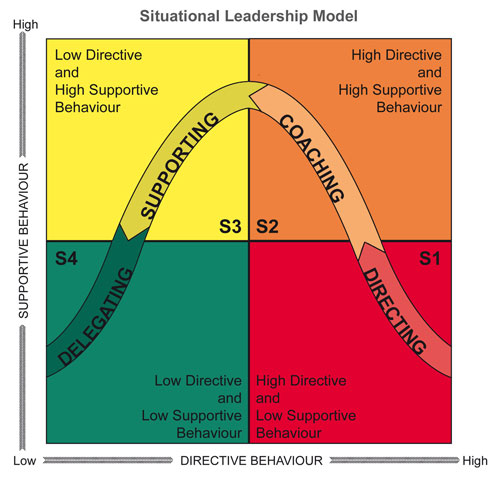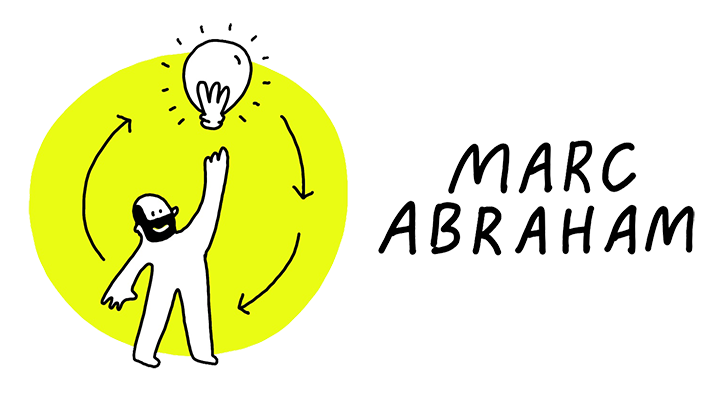A few months ago I sat on a panel with some great product people* and the topic of product leadership came up. “I’m not a product leader” I thought to myself. A good people manager perhaps, but not a leader?!
Was this a case of impostor syndrome or a need to understand what product leadership means to me?
* Rebecca Bourne, Tiama Hanson-Drury and Jason Knight, thank you for a great conversation!
When asked, the other panelists mentioned the following traits of strong product leaders:
- Driving a product vision – A product leader creates, communicates and repeats a compelling product vision. With a product vision come product principles; these help product leaders ensure product quality is high and, ideally, exceeds customer expectations.
- Responsible for the product strategy – Driving and repeating the product strategy. The product leader needs to ensure the strategy is implemented, delivering tangible value to the customer and measurable results for the business.
- Managing people – Product leaders are responsible for staffing teams and coaching teams to achieve results and enable people to fulfil their potential. We manage people to help them achieve their full potential, both in the short and long term.
- Making decisions – Making tough decisions – about the product, market opportunities or their organisation – to get closer to achieving the vision. Strong product leaders will also also create the right conditions for teams or individuals to make decisions.
The panel discussion triggered me to reflect on my (product) leadership capabilities:
What kind of leader do I want to be?
Leadership is situational; different circumstances, tasks and people require different leadership styles (see Blanchard and Hershey’s Situational Leadership Model below) I’m learning to be flexible with my approaches to leading, flexing between delegating, supporting, coaching and directing. For example, I recently had to manage a situation that in hindsight would have benefited from my being more directive and decisive.

We can thus develop leadership styles which, applied to the right company at the right time, can be highly effective. In the book “Right Leader Right Time” Robert Jordan and Olivia Wagner describe four distinct leadership styles: ‘Fixer’, ‘Artist’, ‘Builder’ and ‘Strategist’ (‘FABS’). Each of these leadership styles comes with its own unique mindset, process and skills:
- The Fixer – The leader sees what’s broken and one or more ways to fix it. Fixers tend to be drawn to the even the most dysfunctional or toxic situations. Fixers specialise in crisis management and have the approach and toolkit to save companies or solve big hairy problems.
- The Artist – This leader will start with a blank canvas and creates a work of art. This can be a product, service, technology, campaign or platform. Point is that Artists can envision the finished work and can work backwards from there; rallying people, evangelising the vision and ensuring people keep moving in the direction of the vision.
- The Builder – A builder type leader creates a foundation for an organisation enter new markets and grow. Builders are good at building teams, processes and systems from scratch to achieve significant growth in (new) markets. Once an organisation or a market reaches a certain level of maturity, the Builder will leave for the next market opportunity to run with.
- The Strategist – This leader operates at scale, leading an organisation at scale with a diverse agenda and navigating the inherent complexities of large organisations. Strategists enhance structure, fortifying repeatable, defensible systems with long-term competitive advantages.
Leadership doesn’t come with job title. Anyone can be a leader, and you can assess whether you’re developing as a leader by checking against the traits described in the first half of this post:
Driving a product vision
- Are you actively driving a product vision?
- Or are you moving from project to project?
- When was the last time you took your team and stakeholders through the vision for your product(s)?
Responsible for the product strategy
- Is it clear how you and your organisation or team will achieve the product vision?
- Do you feel responsible for evolving the product strategy and implementing it?
- Are you and your team delivering tangible value to the customer and business results?
Managing people
- How are you coaching the people in your team?
- What has been the impact of these coaching sessions?
- Are you actively up-levelling the skills of the people in your team?
- Are you setting the bar for the people to be hired into your team or org?
Making decisions
- How do you go about making decisions?
- How do you enable others to make decisions?
- When was the last time you made or enabled a decision that had a big impact on your product or organisation?
Main learning point: Leadership isn’t about titles or status. It’s about being able to manage a situation or group of people, with impact and clarity. Different situations will require different leadership styles, but there are a number of common traits that all good product leaders share, irrespective of job title!
Related links for further learning:
- https://www.svpg.com/ensuring-excellence/
- https://marcabraham.com/2021/09/28/my-product-management-toolkit-46-making-decisions/
- https://medium.com/managing-digital-products/what-is-product-leadership-2b284441b56b
- https://www.svpg.com/product-leadership-is-hard/
- https://medium.com/@jefago/the-three-responsibilities-of-product-leadership-bcbde64d2688
- https://medium.com/swlh/wartime-product-leadership-b820f8eb8c02
- https://marcabraham.com/2019/03/26/book-review-the-making-of-a-manager-by-julie-zhuo/
- https://www.mindtheproduct.com/how-to-apply-lateral-leadership-in-agile-environments-by-tim-herbig/
- https://debliu.substack.com/p/what-ive-learned-from-my-best-managers

